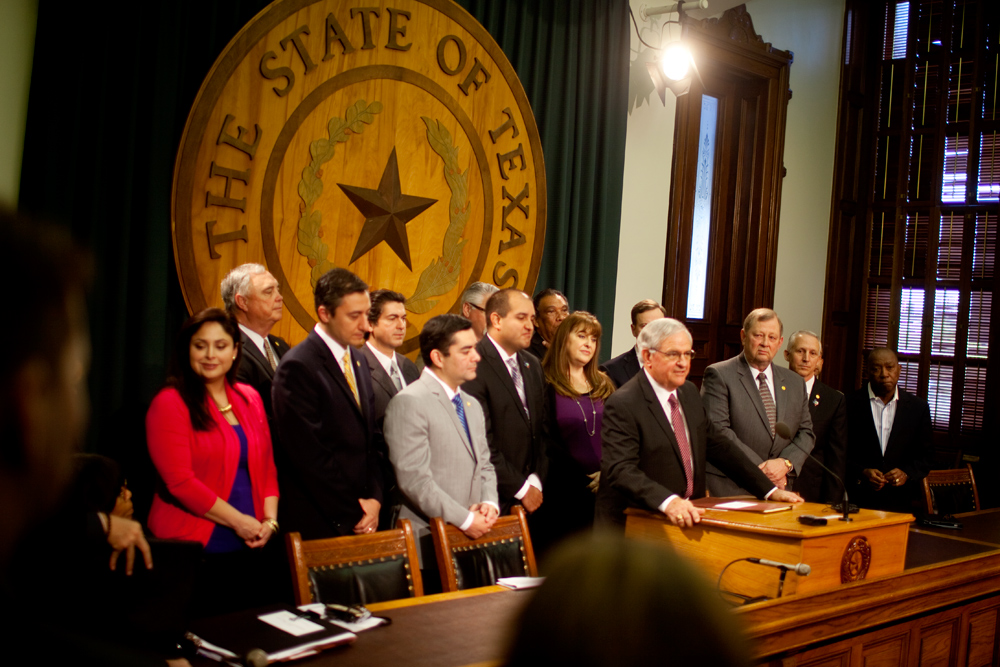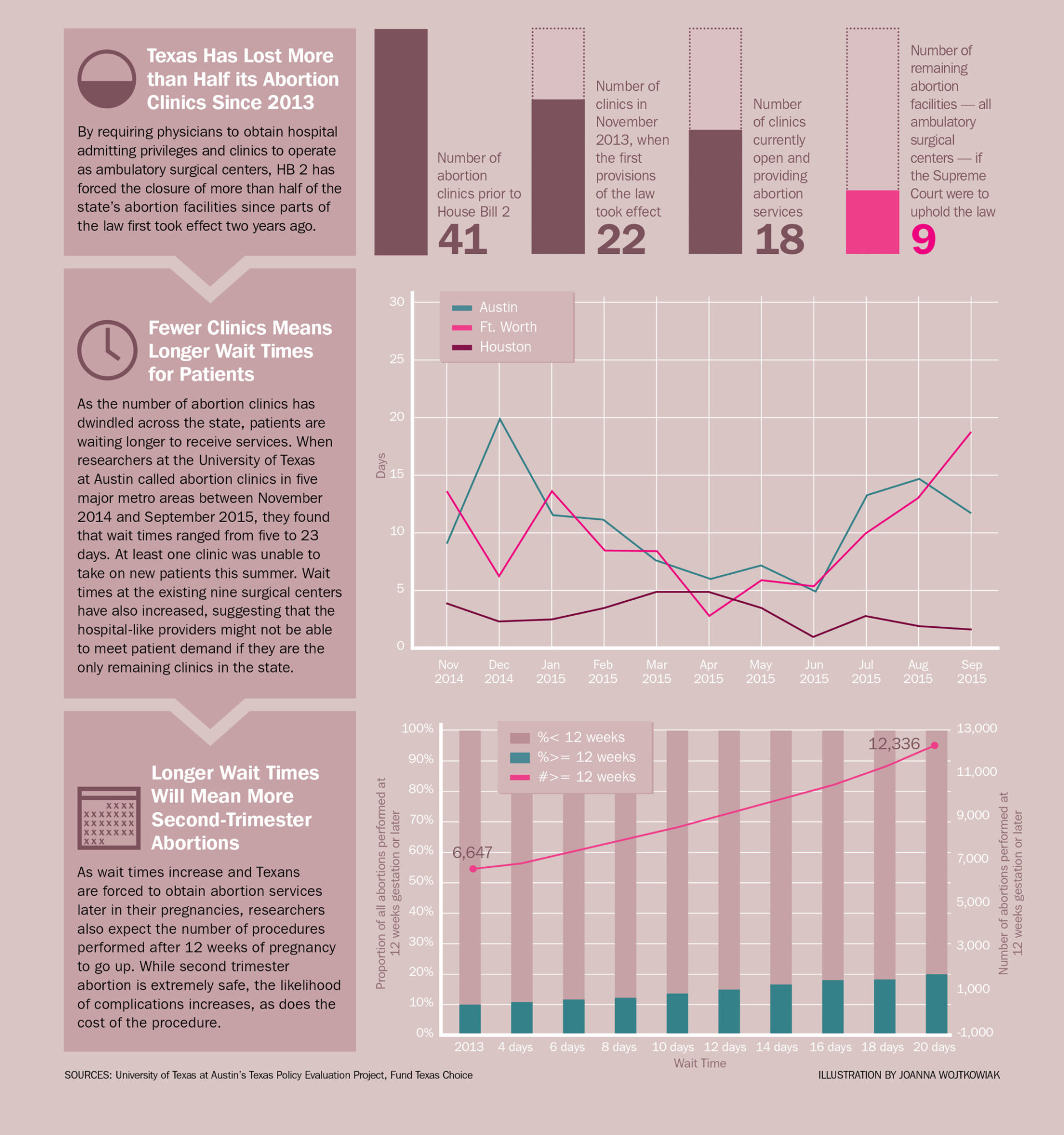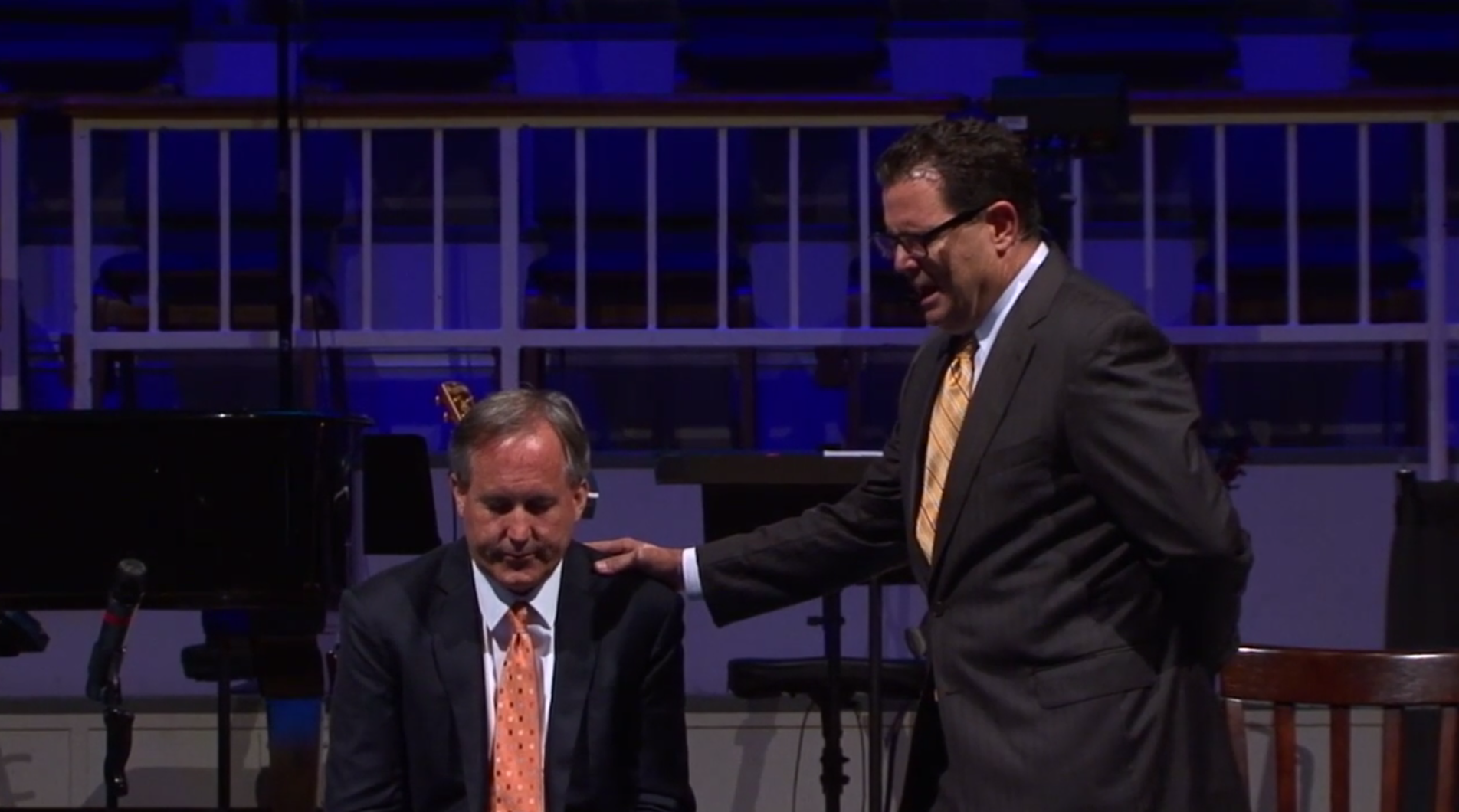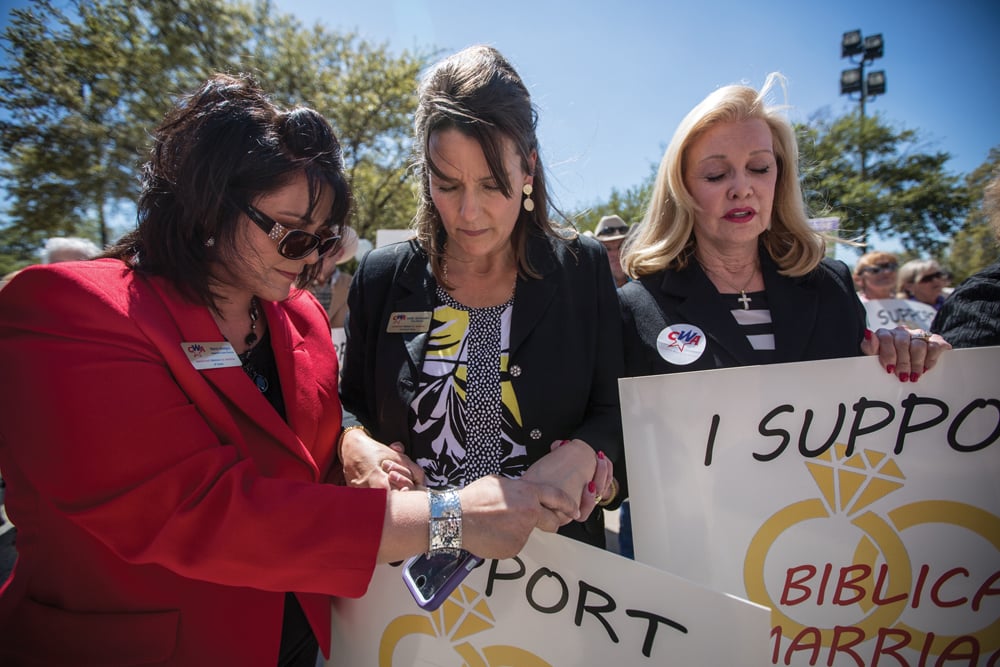
House Leadership Backs School Finance Improvements

Crowded at a podium by 18 of his fellow representatives from both parties and all over the state, House education chair Jimmie Don Aycock (R-Killeen) announced his intention Wednesday morning to make major improvements to Texas’ school finance system before this legislative session runs out.
A major school finance case still awaits a hearing at the Texas Supreme Court, and many lawmakers have said there’s little incentive to rework the system before the court rules. But a district judge in Austin last year called the funding system uneven and “plainly insufficient to satisfy constitutional standards.” Aycock said he saw no reason to wait for a decision on the lawsuit before making improvements.
“It’s been in court for a long time,” Aycock said. “We need to do this while there’s funds available.”
Growth in property tax revenue has given lawmakers wiggle room to spend more on public schools this session; the House budget headed to a vote next week already includes a $2.2 billion increase in school spending. The plan announced this morning would add an extra $800 million, for a total of $3 billion in new school funding over the next two years.
“I take Chairman Aycock at his word that this is not about trying to make the lawsuit go away.”
Aycock said his priority is to correct illogical and outdated features in Texas’ school finance formulas, like adjustments for higher salaries in expensive urban districts or the extra cost of educating students with limited English proficiency, which haven’t been updated in more than 25 years. Tinkering with any of those would upset the delicate equilibrium of a system that, despite its flaws, has been in place since 2006.
“The fact is that when you change these complicated formulas, some people win, some people win more than others, some people lose,” Aycock said. “In order to mitigate that pain politically, you can only do this sort of modification when there’s more money going into the system.”
Some, but not all, members of the crowd around Aycock this morning have been meeting since last fall in an informal working group on school finance reform. The group includes Republicans and Democrats from both urban and rural districts.
In an interview, Rep. Donna Howard (D-Austin) said Aycock’s plan wouldn’t fix what’s wrong with Texas’ school finance system, but to Democrats who’ve been railing against the state’s chronic underfunding of schools, the extra money was welcome. “It was an offer we couldn’t refuse,” she said.
Still, adding more money this session to Aycock’s plan wouldn’t address the system’s basic flaws, or allow for reforms like pre-kindergarten expansion.
“I think it’s a huge step toward addressing what the court said we need to address,” Howard said, but “I take Chairman Aycock at his word that this is not about trying to make the lawsuit go away.”
“I believe there’s adequate funding to accomplish significant tax cuts and do what’s right for the children of the state of Texas at the same time.”
But a major infusion of money into the system and an update to the state’s formulas could certainly shake up the court case as it heads to the state’s conservative high court. Aycock said he had no idea what impact his plan might have on the case, but he and other members agreed that it ‘s better to act now than to “try to out-guess the lawyers.”
David Thompson, an attorney representing one group of school districts suing the state, told the Observer that without a bill to look at yet, it’s impossible to guess how the case might be affected. “I do very much appreciate the House’s willingness to spend some time to address the issue,” Thompson said, adding that the plans Aycock described include “some very positive features.” Thompson said he’s most interested in seeing a proposal that steers more money to districts that educate the state’s neediest children.
Had lawmakers completely punted on school finance reform—or if the House’s plan eventually falls through—a Supreme Court ruling against the state would likely prompt a special session in 2016 dedicated to fixing the system. If nothing else, the new reform effort could serve as a practice run for new members getting to know the arcane system for the first time.
“This is a House-led initiative,” Aycock said this morning, crafted without input from the governor or the Senate. Choosing to spend so much more on public schools could be a much tougher sell in a Senate that has been running on a very different philosophy than the House; just hours after Aycock’s announcement, the upper chamber agreed to $4.6 billion in tax cuts.
At the press conference, Aycock said he was confident the chambers could find common ground. “I believe there’s adequate funding to accomplish significant tax cuts and do what’s right for the children of the state of Texas at the same time,” he said.


